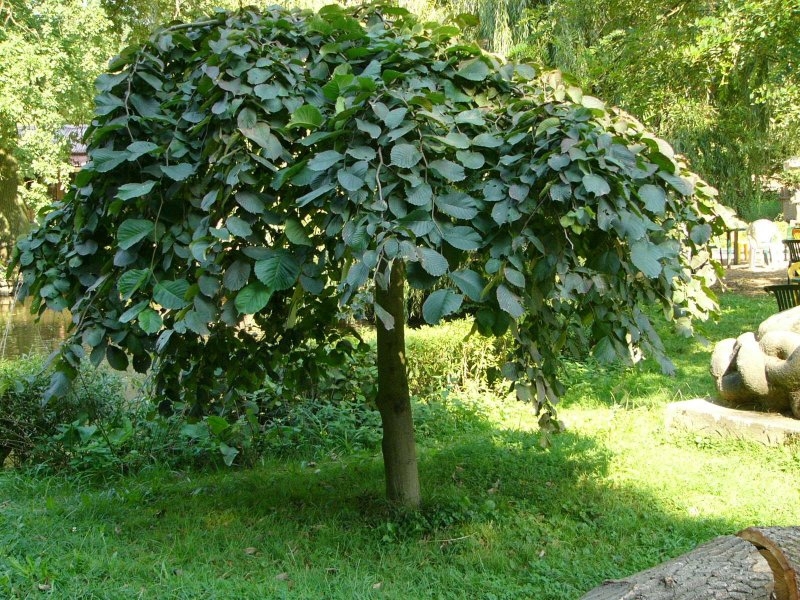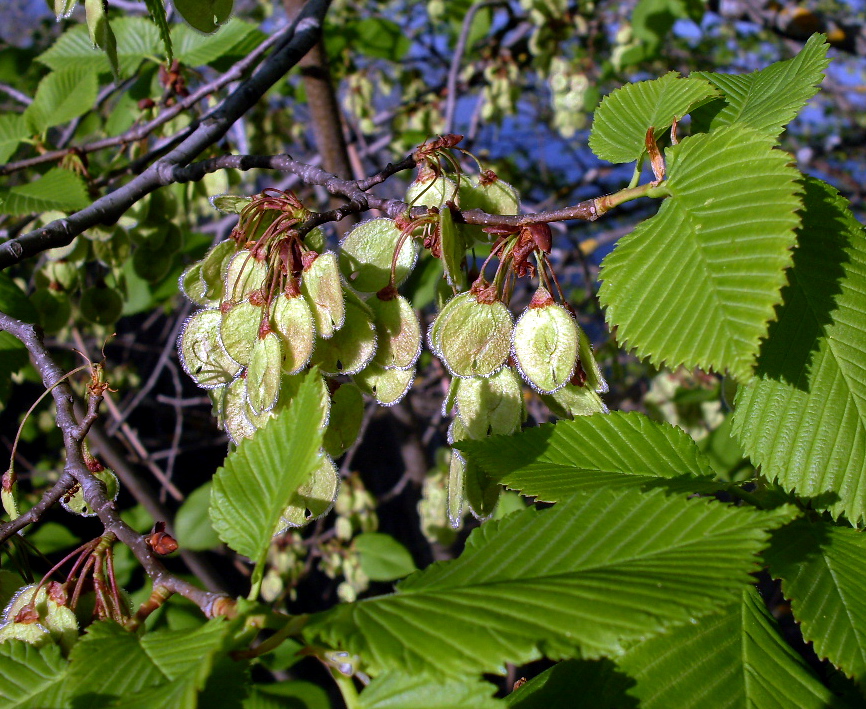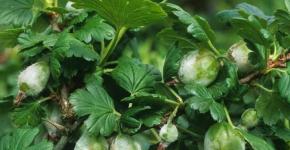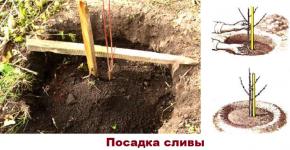Elm tree, description and photo: the fruits and leaves of an elm tree, what it looks like
Elm can be called a slender, powerful and stately tree. Its domed crown is immediately striking. This tree is similar to oak, just as large, tall and centuries old. What does an elm look like, its description and photo, what fruits does this giant have?
This tree has several names - elm, birch bark, elm. It is a deciduous tree of the elm genus, the elm family. There are about 40 species of elm trees around the world. For the first time such trees appeared more than 20 million years ago in the territory of Central Asia. Gradually, the plant spread further to other countries. Most often, it grows in deciduous forests and other natural areas with a temperate climate.
What does an elm look like?

Elm is considered long-lived tree because it can live for over 300 years. Has a large elliptical or rounded crown shape. The barrel diameter can reach 2 meters... Sprawling branches have dense foliage. The leaves are large, unequal and simple. The elm blooms before the foliage begins to bloom. The flowers are small and inconspicuous in appearance, collected in bunches. After flowering, winged nuts appear on the branches, which ripen after flowering in a few weeks. They contain seeds that quickly lose their germination. The tree bears fruit very abundantly, on average up to 30 kilograms per year. The fruits have the same appearance and may differ only in size.

It is considered very valuable. It is dense and hard, reminiscent of a European nut. Wood is considered a valuable species. It is an excellent material for the production of furniture. The barrel has a smooth surface that stays that way for many years. The bark can flake off only due to tree disease or old age. With the appearance of cracks and furrows, the bark becomes a deep brown color. The leaves and bark of the tree are used to make medicines.
The elm tree has a strong and powerful root system. It can be on the surface of the earth or go deep into the depths. The trees are fast growing and in a year they rise up to half a meter in height and 30 cm in width. They tolerate very well low temperatures up to -30 ° C.
Where does it grow and when does it bloom?
Elm trees grow well on fertile soils and with proper care they reach large sizes. However, in natural conditions, they can easily tolerate drought and floods, they easily tolerate severe frosts. Most often, elms grow on the territory:

The powerful crown of these trees retains dust well. It often serves as a planting fence. A large crown with dense foliage can often be seen in many parks and gardens in cities. In their natural environment, elms are often found in deciduous forests, along the shores of lakes and rivers. They help to create clean plantings.
The flowering period begins very early, in the month of March - April. Small and inconspicuous flowers, collected in bunches in the leaves, are easily pollinated by the wind. The ripening period of the fruit depends on the climatic conditions. Most often they ripen in April - June. An adult tree begins to bear fruit at the age of 7-8 years.
Common types
On the basis of some popular types of elms, many varieties and hybrids have been bred. Such plants can be seen in many gardens, squares and city parks. They are often used for landscaping streets. We will take a look at the most popular types of elm trees that can be found most often.
 - this tree has a beautiful crown with spreading branches. Its bark is dark brown. The dark green elliptical foliage is smooth and jagged. With the end of autumn, it turns brown. This species perfectly tolerates frosty weather, shade and is drought tolerant. For rapid development, it needs fertile soil, which does not allow it to grow normally in urban conditions. Smooth or common elm grows most often in European countries. Also distributed in the Urals, the Caucasus, Crimea and England.
- this tree has a beautiful crown with spreading branches. Its bark is dark brown. The dark green elliptical foliage is smooth and jagged. With the end of autumn, it turns brown. This species perfectly tolerates frosty weather, shade and is drought tolerant. For rapid development, it needs fertile soil, which does not allow it to grow normally in urban conditions. Smooth or common elm grows most often in European countries. Also distributed in the Urals, the Caucasus, Crimea and England.
 , birch bark stands out with a crown of impressive size with dark brown shoots. It should be noted that the birch bark leaves of this type of elm are smooth and slightly dark above, and rough below. With the onset of autumn, they begin to turn yellow.
, birch bark stands out with a crown of impressive size with dark brown shoots. It should be noted that the birch bark leaves of this type of elm are smooth and slightly dark above, and rough below. With the onset of autumn, they begin to turn yellow.
This species does not tolerate winter conditions well. but not picky about the soil. Most often it grows in Western Europe, Russia and the Caucasus, in Asia Minor.
 belongs to a tall variety of elms and has a large crown. Oblong and bare leaves are located on the branches of the tree. Its bark is dark in color.
belongs to a tall variety of elms and has a large crown. Oblong and bare leaves are located on the branches of the tree. Its bark is dark in color.
Differs from others in increased drought resistance. It practically does not occur in nature, but is cultivated only in Central Asia.
 Small-leaved elm grows most often in East and South Asia, where it is also called Karagan (ebony). Such a tree grows up to 15 meters high. At the same time, it is noted that this plant tolerates transplants well and is not picky about the soil - it can grow well on unfavorable soils. However, this elm prefers light areas.
Small-leaved elm grows most often in East and South Asia, where it is also called Karagan (ebony). Such a tree grows up to 15 meters high. At the same time, it is noted that this plant tolerates transplants well and is not picky about the soil - it can grow well on unfavorable soils. However, this elm prefers light areas.
 Rough or mountain elm belongs to the variety with a wide and round crown. These trees hold the record for height. There are specimens reaching a height of 35 meters. The bark is brown and the leaves are smooth on top and hairy below. With the arrival of autumn, they are painted in orange shades. This species grows intensively, develops well in urban conditions and is not afraid of frost.
Rough or mountain elm belongs to the variety with a wide and round crown. These trees hold the record for height. There are specimens reaching a height of 35 meters. The bark is brown and the leaves are smooth on top and hairy below. With the arrival of autumn, they are painted in orange shades. This species grows intensively, develops well in urban conditions and is not afraid of frost.
Care and breeding
 Elm trees are mainly propagated by seeds. The tree can also be propagated by undergrowth. If the seeds are placed in an airtight container, they will be able to retain their germination properties for 2 years. After the seeds ripen, they are planted two weeks later.
Elm trees are mainly propagated by seeds. The tree can also be propagated by undergrowth. If the seeds are placed in an airtight container, they will be able to retain their germination properties for 2 years. After the seeds ripen, they are planted two weeks later.
Plant does not need preliminary soil preparation... They must be laid out in the soil at a distance of 20-30 cm from each other, covered with a layer of soil and watered abundantly with water. During the first month, the seeds are watered regularly and abundantly. In very hot weather, it is advisable to cover the seeds with a film before the first shoots appear. As it grows, the young tree will easily tolerate excess moisture or drought. Young shoots grow well even in the shade.
Before planting a seed or seedling, the growth rate of the plant should be considered. Already after 2-3 years, the tree can shade other plantings with itself. Elms are known to have a negative effect on grapes, so they should not be planted nearby.
Beneficial features
 Elm leaves and bark are rich in nutrients. They have many beneficial effects:
Elm leaves and bark are rich in nutrients. They have many beneficial effects:
- anti-inflammatory;
- antibacterial;
- diuretic.
Bark harvest it is recommended to carry out during the flowering period in spring. Leaves are harvested in dry weather in summer. For collection, material is mainly taken from the smooth elm, which goes under the frame. The collected bark from the tree retains its properties for 2 years. Various decoctions and tinctures are made from it for many diseases:

- bladder;
- swelling;
- wound healing;
- digestive system;
- skin diseases;
- diarrhea.
A decoction of the leaves eliminates colic and helps for early healing of wounds on the skin... A mixture of bark and buds from birch, willow has a beneficial effect on the body with dermatitis and burns, if you make a decoction from the composition.
Wood properties
 ... Its wood is not subject to decay, even at high humidity levels. This feature has made elm wood very popular and in demand. In European countries, it was previously used for many construction work, as well as for supplying water. In Russia, runners, shafts and arcs for horse-drawn transport were made from such wood.
... Its wood is not subject to decay, even at high humidity levels. This feature has made elm wood very popular and in demand. In European countries, it was previously used for many construction work, as well as for supplying water. In Russia, runners, shafts and arcs for horse-drawn transport were made from such wood.
By its main characteristics and properties, wood is very similar to oak wood. The material is viscous and difficult to split. It is difficult to cut with hand and electric cutting tools and is difficult to plan. Despite such difficulties in processing, it is perfectly polished and glued. Before starting finishing work, the wood must be treated with soil, filling the pores. During the drying process, the material practically does not crack. This property of an elm is similar to that of an oak.
Elm wood is currently in demand for furniture and floor coverings. This valuable natural material is also used in shipbuilding and mechanical engineering.
Elm: photo









